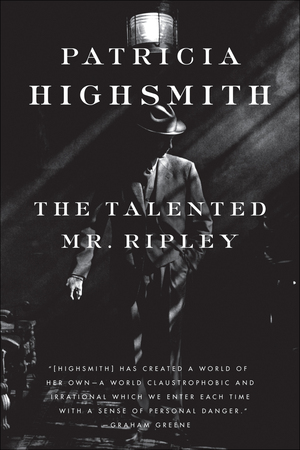Introduction:
The 18th century witnessed a remarkable transformation in the literary landscape with the rise of the novel. This period marked a departure from traditional forms of storytelling and gave birth to a new genre that would go on to shape the literary world for centuries to come. In this article, we will explore the factors that contributed to the rise of the novel in the 18th century and examine how it revolutionized the way stories were told.
1. The Emergence of the Middle Class:
One of the key factors that fueled the rise of the novel was the emergence of the middle class. As the middle class grew in size and influence, there was a demand for literature that reflected their experiences and aspirations. Unlike the aristocracy, who were more interested in classical works and poetry, the middle class sought relatable stories that depicted everyday life. The novel provided a platform for these stories, allowing readers to connect with characters and situations that mirrored their own lives.
2. The Expansion of Print Culture:
Another crucial factor in the rise of the novel was the expansion of print culture. The 18th century witnessed a significant increase in literacy rates, thanks to advancements in education and the availability of printed materials. This newfound access to books and newspapers created a larger audience for literature. Novels, with their serialized format, became popular among readers who eagerly awaited the next installment. This demand for serialized novels led to the establishment of literary magazines and circulating libraries, further fueling the growth of the novel.
3. Realism and the Exploration of Human Psychology:
The novel also gained popularity due to its ability to explore the complexities of human psychology and depict realistic portrayals of characters and their experiences. Unlike the epic poems and plays of previous centuries, novels delved into the inner thoughts and emotions of their characters, providing readers with a deeper understanding of the human condition. Writers like Daniel Defoe, Samuel Richardson, and Henry Fielding pioneered this realistic approach, paving the way for future novelists to delve into the depths of human nature.
4. Social Critique and Satire:
The 18th century novel was not only a means of entertainment but also a powerful tool for social critique and satire. Writers used the novel as a medium to comment on societal issues, such as class divisions, gender roles, and political corruption. Jonathan Swift’s “Gulliver’s Travels” and Henry Fielding’s “Tom Jones” are prime examples of novels that employed satire to expose the flaws and hypocrisies of their time. This blending of entertainment and social commentary made the novel an influential force in shaping public opinion.
Conclusion:
The rise of the novel in the 18th century marked a significant turning point in the history of literature. It revolutionized storytelling by introducing relatable characters, exploring human psychology, and providing a platform for social critique. The emergence of the middle class, the expansion of print culture, and the desire for realism all contributed to the popularity and influence of the novel. Today, the novel remains a dominant literary form, and its roots can be traced back to the transformative period of the 18th century.










